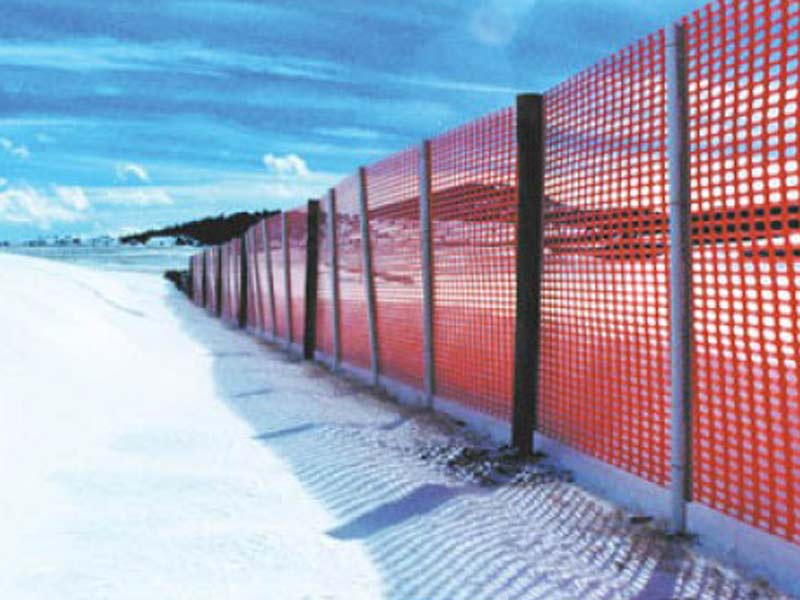Snow fences serve as essential infrastructure in region […]
Snow fences serve as essential infrastructure in regions prone to heavy snowfall, where winter weather can pose significant challenges to roadway safety and infrastructure integrity. These structures are strategically positioned alongside roads and highways to mitigate the impacts of snow accumulation and drifting, thereby enhancing safety for motorists and protecting critical infrastructure.
One of the primary functions of snow fences is to reduce the accumulation of snow on roadways and adjacent infrastructure. By intercepting blowing snow, snow fences create a barrier that slows down wind speeds, causing snow particles to settle on the ground before reaching the road. This helps prevent the formation of large snow drifts that can obstruct traffic, impede visibility, and increase the risk of accidents. In essence, snow fences act as a first line of defense against the accumulation of hazardous snow masses on road surfaces, ensuring safer driving conditions for motorists.
Furthermore, snow fences play a crucial role in improving visibility for drivers by minimizing the buildup of snow along roadways. Reduced snow accumulation means fewer obstructions blocking sightlines, allowing motorists to see potential hazards more clearly and react promptly. This is particularly important during winter storms when visibility can be significantly impaired due to blowing snow. By enhancing visibility, snow fences contribute to a safer driving environment and reduce the likelihood of accidents caused by poor visibility conditions.
In addition to enhancing safety for motorists, snow fences also support more efficient road maintenance operations. By reducing the amount of snow and ice that accumulates on road surfaces, snow fences help streamline snow removal efforts. With fewer snow drifts to clear, road maintenance crews can work more efficiently to plow and de-ice roadways, ensuring that travel routes remain open and accessible during winter weather events. This not only improves safety for motorists but also minimizes disruptions to traffic flow and supports the efficient movement of goods and services.
Moreover, snow fences play a crucial role in preventing road closures and travel restrictions during winter weather events. Excessive snow accumulation and drifting can lead to road closures, particularly in rural or mountainous areas where snow removal resources may be limited. By minimizing the buildup of snow on roadways, snow fences help maintain access to essential services, such as emergency responders, businesses, and residential areas, even in the midst of severe winter weather conditions. This ensures that communities remain connected and functional, even during periods of inclement weather.
Snow fences also provide protection for critical infrastructure, such as bridges, culverts, and utility poles, by minimizing the amount of snow that accumulates around these structures. Heavy snow loads can pose significant structural risks to infrastructure assets, leading to damage and potential safety hazards. By reducing snow accumulation and drifting, snow fences help mitigate these risks and prolong the lifespan of infrastructure assets, ensuring their continued functionality and resilience in the face of winter weather challenges.
Furthermore, snow fences offer environmental benefits by reducing the need for snow removal operations and the use of de-icing chemicals, which can have negative impacts on water quality and ecosystems. By preventing excessive snow accumulation on roadways, snow fences help minimize the environmental footprint associated with winter road maintenance activities, promoting sustainability and environmental stewardship.
In conclusion, snow fences play a vital role in enhancing roadway safety and protecting critical infrastructure in regions prone to heavy snowfall. By reducing snow accumulation and drifting, these structures contribute to safer driving conditions, improved visibility, more efficient road maintenance operations, prevention of road closures, protection of infrastructure, and environmental sustainability during winter weather events. As essential components of winter weather management strategies, snow fences help ensure the resilience and functionality of transportation networks and support the safety and well-being of communities in snow-prone regions.



 WhatsApp:+8613626888261
WhatsApp:+8613626888261